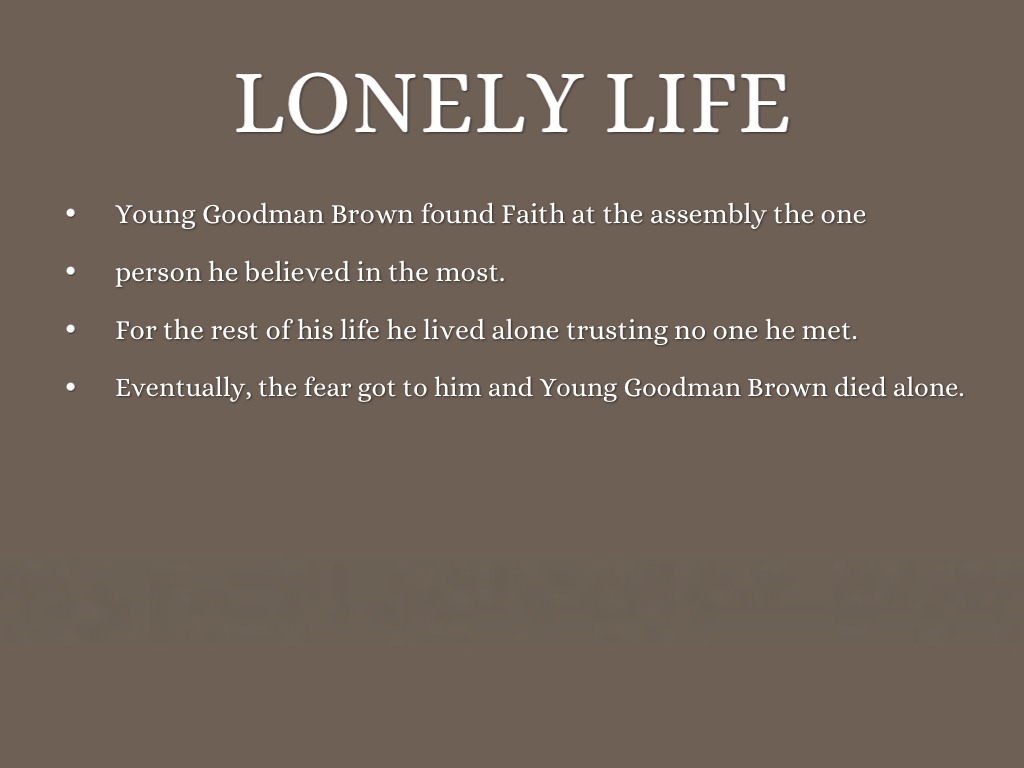Dry begging has become a prevalent term in the realm of online fundraising, especially in social media contexts. This practice, where individuals solicit help or donations without directly asking for money, raises questions about ethics and efficacy in charitable giving. In this article, we will delve deep into the phenomenon of dry begging, exploring its implications and providing insights into this complex issue.
The advent of social media platforms has transformed the way people engage with fundraising efforts. What was once a straightforward process of asking for monetary support has evolved into a more nuanced approach known as dry begging. This article aims to clarify what dry begging is, its origins, its impact on individuals and communities, and how it aligns with the broader landscape of online giving.
In the following sections, we will examine the characteristics of dry begging, its ethical considerations, and how it compares to traditional fundraising methods. We will also provide practical guidance for those who wish to engage in fundraising, ensuring that they do so effectively and responsibly.
Table of Contents
- What is Dry Begging?
- The Origin of Dry Begging
- Characteristics of Dry Begging
- Ethical Considerations of Dry Begging
- Comparing Dry Begging and Traditional Fundraising
- Impact of Dry Begging on Communities
- Best Practices for Responsible Fundraising
- Conclusion
What is Dry Begging?
Dry begging refers to the act of hinting at a need for financial assistance or support without explicitly requesting donations. Instead of directly asking for money, individuals might share their struggles or hardships in a manner that encourages others to offer help voluntarily. The term is often associated with social media, where emotional storytelling can elicit sympathy and support from a broad audience.
Examples of dry begging can include posts that detail personal challenges, health issues, or financial difficulties, often accompanied by an emotional appeal. This indirect approach can sometimes blur the lines between genuine requests for help and manipulative tactics. Understanding this nuance is crucial for both those seeking support and potential donors.
The Origin of Dry Begging
The concept of dry begging can be traced back to the early days of social media, where individuals began sharing their life stories online. Platforms like Facebook, Twitter, and Instagram provided a new avenue for self-expression, allowing users to share their experiences and emotions with friends and followers. As these platforms grew, so did the tendency to seek support without a direct ask.
As online communities formed, individuals found solace in sharing their struggles, often receiving encouragement and support from others. This organic form of fundraising evolved into what we now recognize as dry begging. It reflects a shift in how people perceive and approach charitable giving in the digital age.
Characteristics of Dry Begging
There are several key characteristics that define dry begging:
- Emotionally Charged Language: Posts often use emotional appeals to connect with readers.
- Indirect Requests: There is typically no explicit ask for money; instead, the focus is on sharing a story.
- Community Engagement: Individuals often engage with their audience, fostering a sense of community and support.
- Viral Potential: Posts can quickly gain traction, sharing through likes and shares, reaching a wider audience.
Ethical Considerations of Dry Begging
While dry begging can create a platform for sharing personal struggles, it also raises ethical questions. Some critics argue that it can exploit the empathy of others, leading to a culture of guilt or obligation among potential donors. Others believe it can foster genuine connections and support.
Key ethical considerations include:
- Transparency: Are individuals being honest about their needs?
- Intent: Is the intent behind the post genuine or manipulative?
- Impact: What are the potential consequences for both the individual seeking help and the community?
Comparing Dry Begging and Traditional Fundraising
Dry begging differs significantly from traditional fundraising methods. Traditional fundraising typically involves clear requests for donations, often through organized campaigns or events. In contrast, dry begging relies on emotional storytelling and community engagement.
Some advantages of dry begging include:
- Lower barriers to entry for individuals in need.
- Potential for wider reach through social media.
However, there are also disadvantages:
- Risk of misinterpretation or exploitation of emotional appeals.
- Potential for donor fatigue among audiences exposed to frequent dry begging posts.
Impact of Dry Begging on Communities
Dry begging can significantly impact both individuals and communities. On the positive side, it can foster a sense of community and support, allowing individuals to connect over shared experiences. It can also raise awareness about important social issues.
Conversely, the prevalence of dry begging can lead to donor fatigue, where audiences become desensitized to constant appeals for help. This can diminish the effectiveness of genuine fundraising efforts and create a culture of skepticism toward online requests for assistance.
Best Practices for Responsible Fundraising
For individuals looking to engage in fundraising, whether through dry begging or traditional methods, adhering to best practices is essential:
- Be Transparent: Clearly communicate your needs and intentions.
- Foster Authentic Connections: Build genuine relationships with your audience.
- Respect Boundaries: Avoid overwhelming your audience with constant requests for help.
- Utilize Established Platforms: Consider using reputable fundraising platforms that provide structure and accountability.
Conclusion
Dry begging is a complex phenomenon that reflects the changing landscape of online fundraising. While it can create opportunities for support and connection, it also raises important ethical questions. Understanding the nature of dry begging and its implications can help individuals navigate the world of online fundraising responsibly.
As we continue to explore the boundaries of fundraising, it is crucial to maintain transparency and authenticity in our efforts. If you found this article informative, please consider leaving a comment or sharing it with your network. Together, we can foster a community of responsible giving and support.
Thank you for reading, and we hope you return for more insightful articles on topics that matter!


